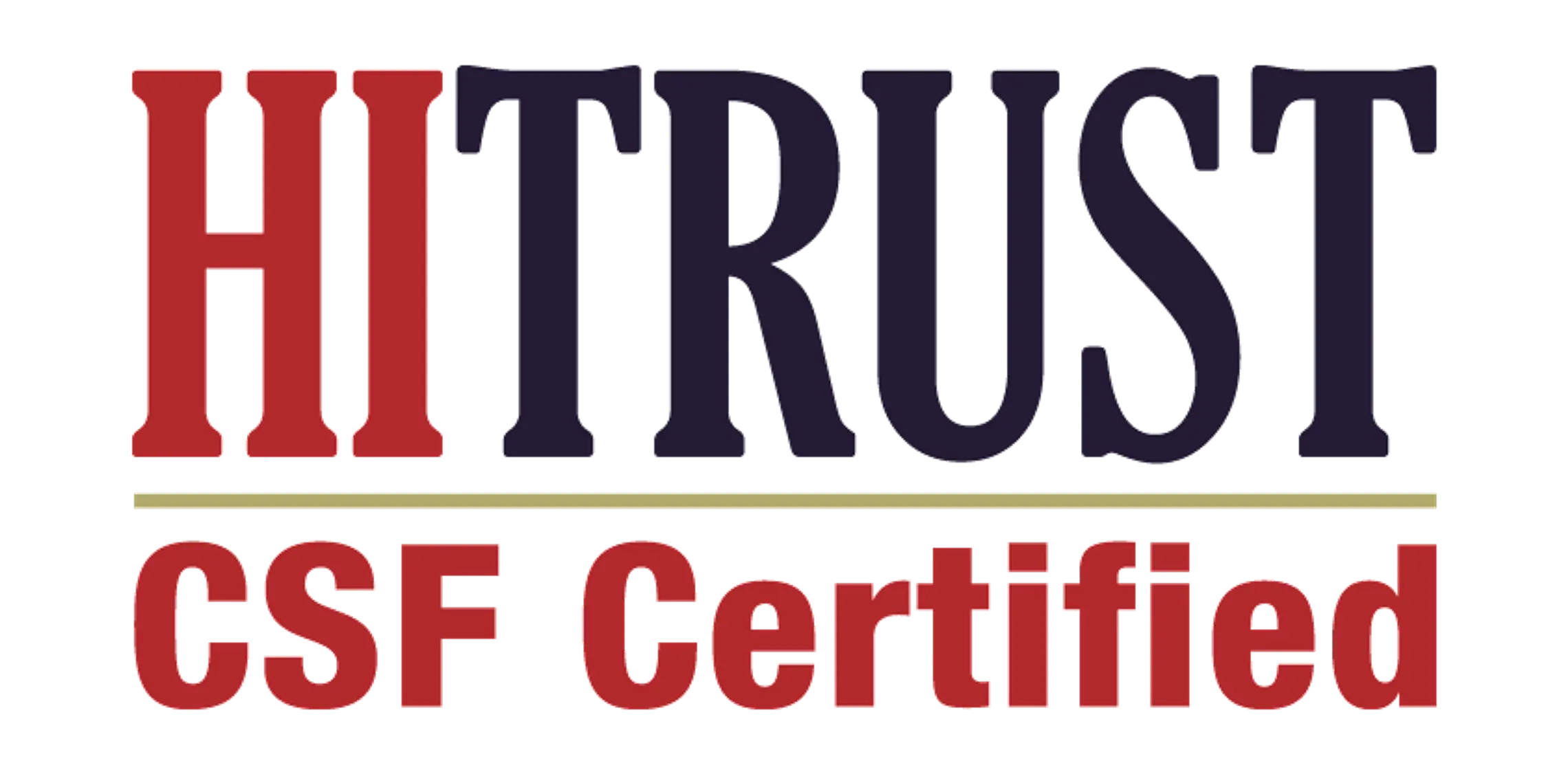Revolutionizing revenue: The future of revenue cycle management and emerging trends

As the healthcare industry continues to evolve at a rapid pace, the systems and processes underlying revenue cycle management (RCM) are also undergoing significant transformation. Healthcare organizations are increasingly focused on optimizing these processes to improve financial performance while enhancing patient care. As we look ahead, several emerging trends are set to redefine the RCM landscape, offering both challenges and opportunities for healthcare providers.
1. Artificial Intelligence and Machine Learning
The future of RCM is inextricably linked with advancements in artificial intelligence (AI) and machine learning (ML). These technologies are not just automating mundane tasks; they are revolutionizing decision-making processes. By integrating AI, healthcare providers can anticipate and address potential billing issues before they arise, optimize claim management, and reduce the incidence of denied claims. Machine learning algorithms can analyze historical data to identify patterns that might lead to delays or errors, thereby enabling preemptive action.
2. Expanding Telehealth Services
Telehealth has witnessed exponential growth, particularly accelerated by the global pandemic. This growth necessitates an adaptation in RCM processes to effectively manage billing and coding for virtual consultations. This includes adapting to new billing codes, managing patient copayments, and ensuring compliance with different payer requirements. RCM solutions that can seamlessly integrate these aspects will be crucial as telehealth continues to be a prevalent mode of healthcare delivery.
3. Enhanced Patient Financial Engagement
Modern patients demand greater transparency and convenience in financial dealings, which directly influences RCM strategies. Healthcare providers are now focusing on improving the patient financial experience by providing upfront cost estimates, transparent billing processes, and flexible payment solutions. This trend towards enhanced patient engagement not only boosts satisfaction but also improves the rate and speed of collections, thereby benefiting the overall financial health of providers.
4. Interoperability and Standardization
The integration of interoperability within RCM systems is more crucial than ever. Interoperability across healthcare IT systems enables the seamless exchange of patient data, reducing administrative burdens and enhancing billing accuracy. Furthermore, as standardization across health systems improves, it simplifies compliance with regional and national regulations, ensuring smoother operations and minimizing financial risks associated with non-compliance.
5. Focus on Cybersecurity
With the increase in digital data flows in healthcare, cybersecurity has become a pivotal component of RCM. Protecting patient data from breaches is not only a compliance requirement but also critical to maintaining trust. Future RCM systems will need to incorporate robust cybersecurity measures, including advanced encryption and fraud detection algorithms, to safeguard sensitive information effectively.
6. Regulatory Compliance Technology
Regulatory compliance remains a moving target in healthcare, with frequent updates and changes in policies. Future RCM tools will likely be equipped with advanced features to automatically adjust to new regulations, ensuring that billing practices remain compliant at all times. This will help healthcare providers avoid penalties and minimize claim rejections due to non-compliance.
7. Predictive Analytics for Financial Health
Beyond handling day-to-day RCM tasks, predictive analytics can offer insights into a healthcare organization’s financial performance. By analyzing trends and patterns in payment cycles, patient behavior, and insurance claims, predictive tools can forecast cash flow issues and suggest optimizations. This proactive approach enables healthcare organizations to make informed decisions to improve their financial stability.
Conclusion
The future of revenue cycle management is set to be dynamic and technology-driven, focusing on efficiency, compliance, and patient-centered care. By embracing these trends, healthcare organizations can not only streamline their financial operations but also enhance the overall patient experience. As technology and patient expectations continue to evolve, staying agile and informed will be key to navigating the complexities of modern healthcare RCM.






